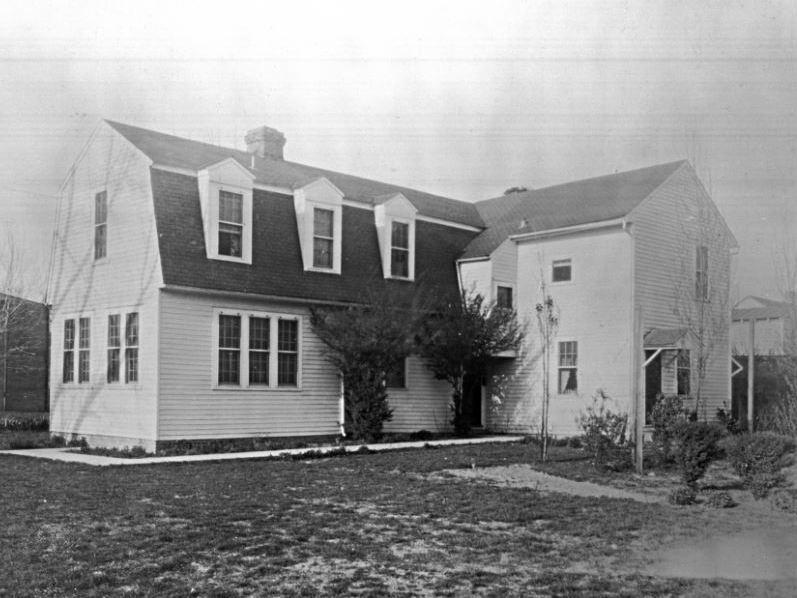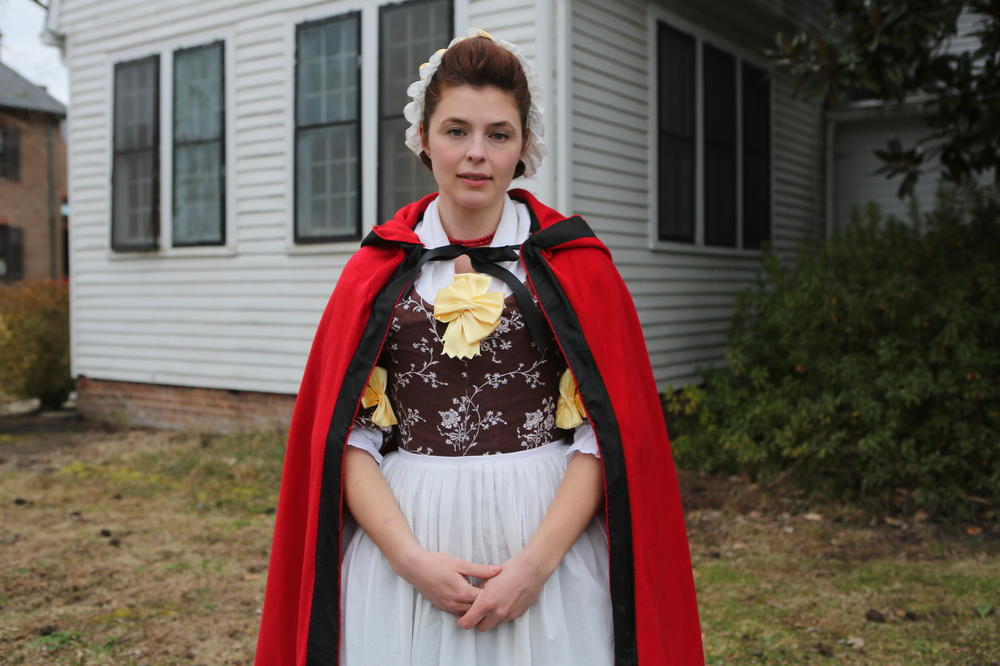Section Branding
Header Content
Discovery Of Schoolhouse For Black Children Now Offers A History Lesson
Primary Content
A small, white building has been sitting on the campus of the College of William & Mary for nearly a century. But it was only recently identified as an 18th century schoolhouse where free and enslaved Black children were taught Christianity and literacy.
Researchers believe the Williamsburg Bray School, as it was called, to be the oldest standing building in the U.S. dedicated to the education of Black children.
A new initiative aims to interpret and share the school's complex, pro-slavery history.
The school was founded by the Associates of Dr. Bray, clergyman Thomas Bray's London-based charity group tied to the Church of England as part of its wide-reaching mission to spread Christianity to the British Empire. Its location in Williamsburg, Va., was proposed, in part, by Founding Father Benjamin Franklin.
"The Church of England was deeply and intrinsically bound to slavery," Nicole Brown, a graduate student at William & Mary's American studies program, said in an interview with NPR. "So, often these textbooks are issuing a pro-slavery ideology to the students."
The Gladys and Franklin Clark Foundation is funding the initiative with a $400,000 grant, in a partnership with William & Mary, that seeks to restore and relocate the Bray School building to Colonial Williamsburg's historic district.
To identify that the building was in fact the Bray School, several researchers from William & Mary and at the Colonial Williamsburg Foundation last spring patched together evidence through dendrochronology — wood analysis — and primary documents, according to the foundation's press release.
Terry Meyers, a chancellor professor of English at William & Mary, kicked off the discovery when he was reading a memoir that referenced an 18th century cottage that had been moved in 1930 to a street on the college campus. After checking the description of the cottage against a file on the building from Colonial Williamsburg's library, Meyers inspired further inspection of the building's history.
The restored schoolhouse will be a valuable new teaching tool for scholars like Brown, a historical interpreter who currently portrays Ann Wager, the white teacher at the Williamsburg Bray School, for the Colonial Williamsburg Foundation.
"The most important part of the school is, for me, to share the story and the legacy and connect the communities that were most impacted by the school," said Brown, referring to the generations of Black people who descended from those school children, and, in some cases, passed on the pro-slavery and religious teachings they learned there.
Over the 14 years the school was open, Wager taught 300 to 400 enslaved and free Black students ranging from the ages of 3 to 10, and about evenly split by gender, Brown said.
"They were taught reading, possibly writing, and they were taught etiquette — sewing and knitting for the girls," she said.
Brown said there are at least some examples, "through runaway ads, accounts and letters," that show resistance in the Black community to the pro-slavery education.
"The school provided literacy, but it also provided an ideology that often was counter to the way in which those students in their communities would utilize the literacy," she said.
Jason Fuller and Justine Kenin produced and edited the audio for this story.
Copyright 2021 NPR. To see more, visit https://www.npr.org.


